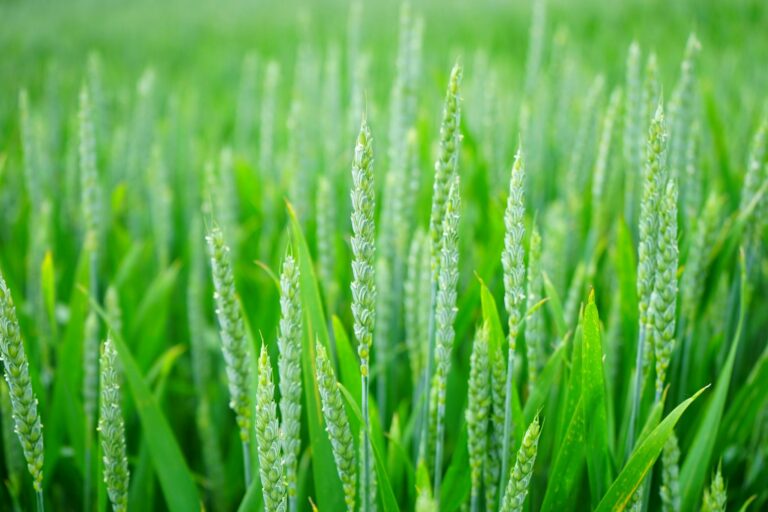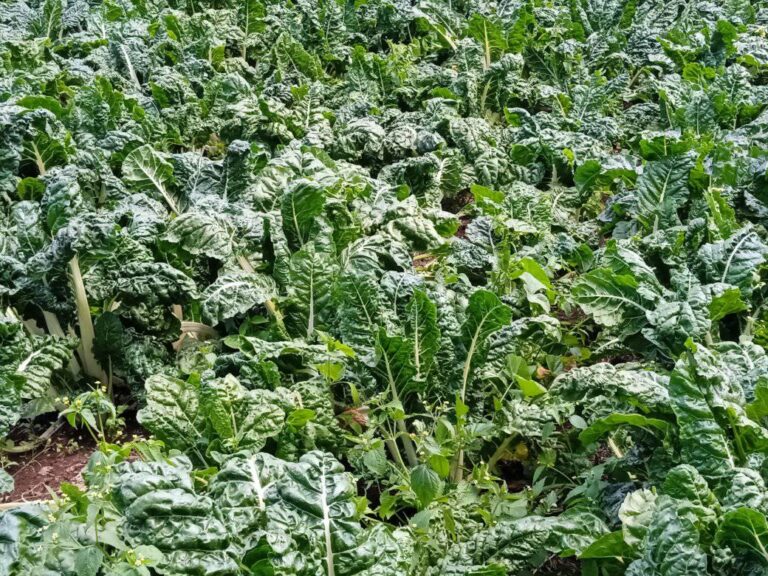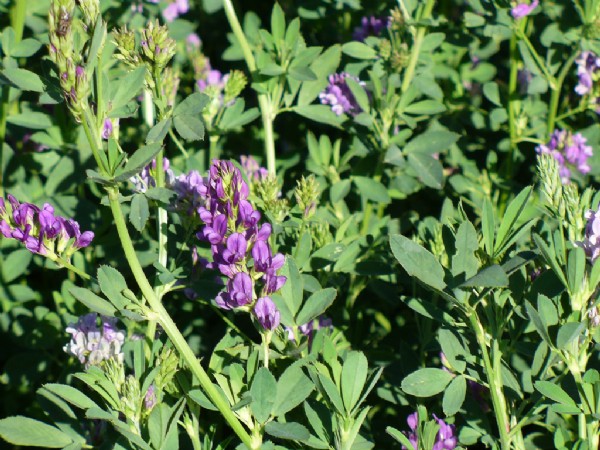Banana Farming Yield & Profit Per Acre in Kenya
Banana farming in Kenya is an increasingly lucrative venture, with potential annual earnings reaching up to KES 1.5 million per acre. This profitability hinges on effective farm management, favorable market conditions, and the scale of operations.
A well-managed banana plantation can yield between 20 to 30 tons of bananas per acre annually. Assuming an average market price of KES 50 per kilogram, this translates to gross sales ranging from KES 1,000,000 to KES 1,500,000 per acre.
After deducting production costs estimated at around KES 300,000 per acre, net profits can range from KES 700,000 to KES 1,200,000 annually, depending on yield and market prices.
Typically, banana plantations in Kenya are planted with around 800 plants per acre, often spaced at 2.5m x 2.5m. This planting density allows for optimal growth and maintenance of the plants.
Given the high demand for bananas both locally and internationally, coupled with supportive agricultural policies, banana farming remains a promising and profitable venture in Kenya. It offers significant economic opportunities for farmers who invest in this sector.
Banana Farming in Kenya
Banana farming in Kenya is swiftly gaining recognition as a viable and profitable agricultural activity. The country’s climate is particularly suited for banana cultivation, provided that appropriate farming practices are followed.
This article explores the profitability, potential earnings, plant density, and overall feasibility of banana farming in Kenya.
Banana Farming Profit Per Acre in Kenya
The profitability of banana farming depends on various factors including the variety grown, plant density per acre, yield per plant, market prices, and production costs.
A well-managed banana plantation can yield between 20 to 30 tons (20,000 – 30,000 kilograms) of bananas per acre annually. With an average market price of KES 50 per kilogram, this translates to gross sales ranging from KES 1 million to KES 1.5 million per acre.
After deducting production costs estimated at about KES 300K per acre, net profits can range from approximately KES 700K to KES 1.2M annually, depending on specific yields and fluctuating market prices.
Factors Influencing Profitability
- Variety Selection: Different banana varieties have varying yields and market appeal. Popular varieties include Williams Hybrid (Cavendish), Grand Nain (Giant Cavendish), and FHIA-17.
- Climatic Conditions: Bananas thrive in warm climates with consistent rainfall or reliable irrigation systems.
- Farming Practices: Proper plantation management such as pruning suckers (de-suckering), mulching for moisture retention and pest control significantly impacts yields.
- Market Demand: Bananas have a steady demand both locally due to their staple food status and internationally as export commodities driven by their nutritional value.
How Much Money Does One Acre of Bananas Make?
The revenue from one acre of bananas depends on yield per plant multiplied by the number of plants per acre along with prevailing market rates.
Revenue Calculation Example
- Plant Density: Approximately 800 banana plants can be cultivated per acre using optimal spacing measures.
- Yield Per Plant: An average mature banana plant produces about 25 kilograms annually.
Total Yield = (800 plants × 25 kg/plant) = 20 tons or (20,000 kg)
- Market Price: The average selling price ranges around KES 50/kg depending on quality & demand.
Gross Income = (20,000 kg × KES 50/kg) = KES 1,000,000
- Production Costs: Annual expenses covering labor wages, fertilizers, mulching, irrigation system maintenance, etc., sum up nearly KES 300,000/acre.
Net Profit = (Gross Income – Production Costs) = (KES 1,000,000 – KES 300,000) ≈ KES 700,000
How Many Banana Plants Per Acre in Kenya?
The number varies based upon chosen spacing methods:
Optimal Planting Density
Standard Spacing: Recommended spacing being approximately 2 meters by 2 meters, accommodating nearly 800 plants/acre optimally without overcrowding ensuring sustainable productivity levels .
Are Bananas Profitable in Kenya?
Absolutely! Due primarily to the following compelling reasons convincingly substantiated by evidentially corroborated statistical data metrics affirmatively validating financial viability lucratively high-profit margins attainable feasibly achievable realistically:
- High Market Demand: Bananas are a staple food in many households and have a constant local, regional, and international market.
- Government Support: The Kenyan government offers various incentives and support to banana farmers, including training, subsidies, and market linkages.
- Favorable Climatic Conditions: Kenya’s climate is well-suited for banana farming, with regions like Meru, Kisii, and Bungoma being ideal for cultivation.
- Improved Varieties: The introduction of improved banana varieties that are disease-resistant and high-yielding has significantly boosted production and profitability.
- Efficient Farming Practices: Adoption of modern farming techniques, proper spacing, irrigation, and pest control measures enhance yield and quality, thus increasing profit margins.
In conclusion, banana farming in Kenya offers a viable and profitable agricultural venture for farmers willing to invest in modern farming practices, proper farm management, and market research.
With the potential to earn between KES 700,000 to KES 1,200,000 per acre annually, it is an attractive option for both small-scale and large-scale farmers looking to maximize their earnings.
By leveraging the favorable climatic conditions, government support, and high market demand, banana farming can contribute significantly to the economic growth and development of Kenya.






